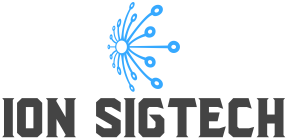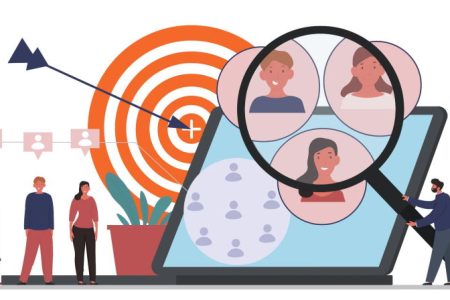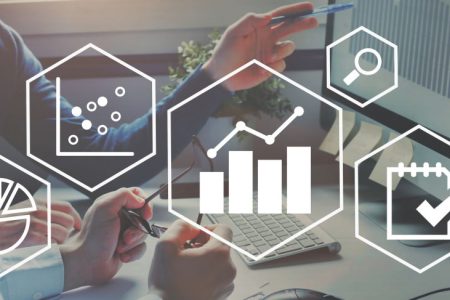Information technology has been a driver of economic growth for decades. By increasing efficiency and productivity in the business sector, IT has helped spur economic expansion and create new opportunities for businesses across the globe. In recent years, however, the impact of information technology on economic growth has come under scrutiny. Some economists have argued that IT may have reached a point of diminishing returns, while others believe that its impact is still strong and growing. The debate over information technology’s role in economic growth will continue in the years ahead. But regardless of where you stand on the issue, there’s no denying that information technology has played a major role in driving global economic growth over the past few decades.
Harness the power of technology to drive economic growth
The Impact of Information Technology on Economic Growth The impact of information technology (IT) on economic growth is one of the most widely researched topics in economics. Despite the large number of studies, there has yet to be a consensus on the sign or magnitude of the effect of IT on growth. Some studies find a positive effect, while others find a negative effect.
One reason for the lack of consensus may be that different types of IT have different effects on growth. For example, computer hardware may positively affect productivity, while software may have a negative effect. In addition, IT may have different effects in different stages of economic development. For example, IT may lead to higher productivity and growth for developed countries, while for developing countries, IT may lead to lower productivity and growth.

The most widely cited study on the impact of IT on economic growth is by Erik Brynjolfsson and Lorin Hitt (1993). They found that computerization led to a significant increase in productivity in the United States from 1960 to 1987. However, they also found that the benefits of computerization were uneven across firms or across industries. Firms that were more productive before computerization tended to benefit more from computerization than less productive firms. In addition, industries that were more labor-intensive before computerization tended to benefit more from computerization than less labor-intensive industries.
A number of studies have replicated and extended the work of Brynjolfsson and Hitt. Acemoglu (2002) found that computerization increased productivity in the United States from 1960 to 1999, but the benefits were uneven across firms. Autor, Dorn, and Hanson (2013) found that computerization led to a significant increase in productivity in manufacturing industries in the United States from 1990 to 2007, but the benefits were uneven across workers.
Studies of the impact of IT on economic growth in developing countries are much less common. Most of these studies find a negative effect of IT on growth. For example, Brynjolfsson and Hitt (1993) found that computerization led to a significant decline in productivity in Brazil from 1960 to 1987. However, some recent studies have found a positive effect of IT on growth in developing countries. For example, Chau and Huang (2004) found that computerization significantly increased productivity in China from 1992 to 2001.
The evidence on the impact of IT on economic growth is mixed. Some studies find a positive effect, while others find a negative effect. The evidence suggests that the effects of IT on growth vary across firms, industries, and countries. In addition, the effects of IT on growth may vary over time.

Embracing IT in a rapidly changing global economy
In a rapidly changing global economy, businesses must increasingly rely on Information Technology (IT) to remain competitive. IT can help businesses improve communication and collaboration, increase efficiency and productivity, and reduce costs. However, IT can also pose business challenges, such as data security and compliance with regulations. To meet these challenges, businesses need to embrace IT in a way that allows them to take advantage of its benefits while mitigating its risks.
One way that businesses can embrace IT is by using cloud computing. Cloud computing allows businesses to access applications and data from any location and on any device. This can help businesses to be more flexible and agile, as they can quickly scale up or down their use of resources as needed. Additionally, cloud computing can help businesses reduce their IT costs, as they only pay for their resources.
Another way that businesses can embrace IT is by using data analytics. Data analytics allows businesses to collect and analyze data to gain insights into their business operations. This can help businesses to improve decision-making, identify efficiencies, and discover new opportunities. Additionally, data analytics can help businesses to comply with regulations, as they can track and monitor their data more effectively.
Ultimately, embracing IT in a rapidly changing global economy is essential for businesses to remain competitive. By using cloud computing and data analytics, businesses can take advantage of the benefits of IT while mitigating its risks.



